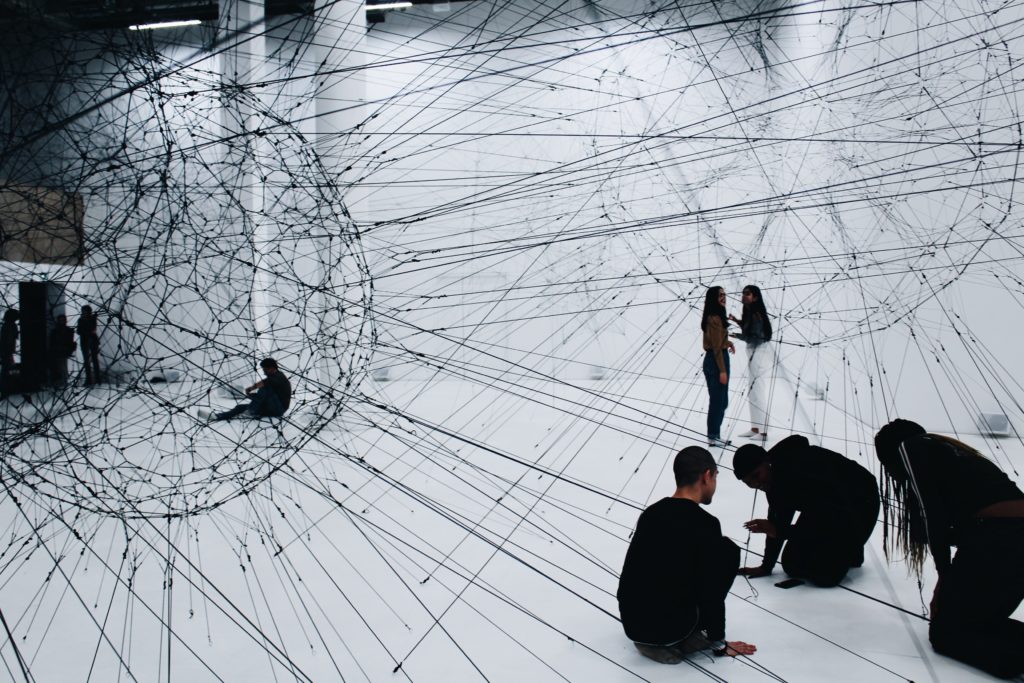Plagiarism and Appropriation in Art

AP Studio Art data reflects that a large group of students was caught plagiarizing or inappropriately appropriating works of art.
While many quickly jumped to conclusions about students being lazy or taking advantage of online learning due to the pandemic, there is a more important and meaningful conversation to have about cheating.
Do students understand what plagiarism and appropriation are in art?
Some do, but many don’t, which can lead them to do it, without even knowing. While schools teach a lot about plagiarism in writing, it’s less commonly discussed in the art room. Think about plagiarism in art the same way that you do in writing. Did you take someone else’s work and claim it as your own? If yes, that’s plagiarism and isn’t okay when submitting work to the college board. This becomes complicated for students to understand when they see artists like Andy Warhol, creating “brillo box art”, and CJ Hendry, create works like “copyright infringement”.
Appropriation is similar to plagiarism, but think of it more like when you paraphrase something in writing. You’re taking ideas and/or parts of someone else’s work, but you make changes so that it becomes your own. This too can be a thin line to walk, as students work to determine if they changed a piece enough to make it their own.
3 Questions to ask yourself:
- What decisions did YOU make while creating the work?
- Did you use one reference image or multiple reference images?
- Does the work represent YOUR ideas?
Know who is making the rules
The art world can be tricky because not everyone has to play by the same rules. As a student, depending on your goals, it’s important to understand who is making the rules for the game that you’re playing. While you may be able to cite famous examples of artists that haven’t followed the plagiarism and appropriation rules outlined by the college board, if you want to submit an AP portfolio, and want to do well, then you need to understand and apply the rules set by the college board.